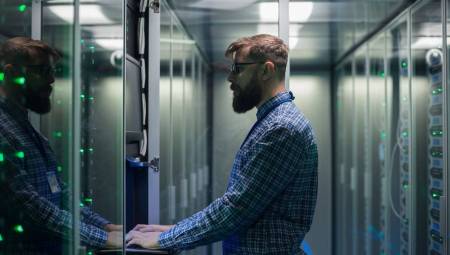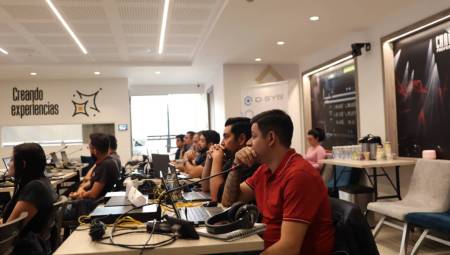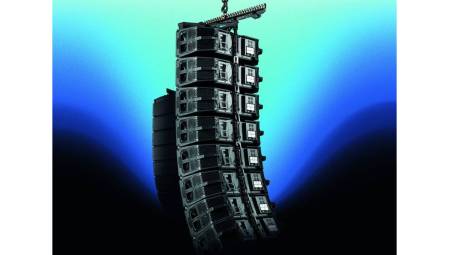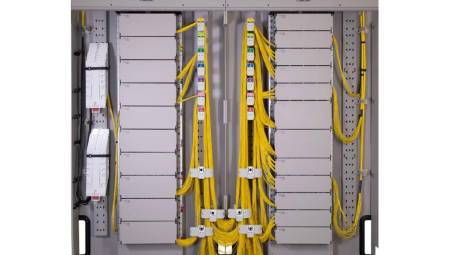 Latin America. Between 25 and 35% of polluting CO2 emissions are produced by buildings, equivalent to 40% of the energy used in the world.
Latin America. Between 25 and 35% of polluting CO2 emissions are produced by buildings, equivalent to 40% of the energy used in the world.
Large cities have begun to implement rescue plans and even billionaire corporations are coming together to develop technologies to improve the current situation. It is estimated that between 25 and 35% of polluting CO2 emissions are produced by commercial, residential and public buildings, this gas being one of the largest promoters of the greenhouse effect, which in turn causes 40% of marine melting on land.
There are overwhelming figures of the effects that pollution is producing on the planet, which is why technology has become an indispensable ally for companies that seek to reduce their ecological impact on planet earth. A clear example of this technology is Wtec's smartengine, an intelligent lighting solution that not only seeks to save operating and energy costs, but also means a significant reduction in a building's CO2 emissions.
"The strategic data that smartengine provides to managers in an automated way not only allows companies to become much more efficient and save energy, but also drastically reduces the ecological impact of these expenses by using energy only where and when it is needed," said Rafael Vásquez, Ceo of Era Telecomunicaciones, Wtec partner company in Mexico.
A building takes up a significant amount of energy to sustain itself; their communication, storage, lighting and many other areas require a constant and sometimes overwhelming expenditure of energy. The leakage it generates is continuous and usually 365 days a year, which translates into a lot of wasted energy. With smart lighting it helps the environment from its implementation becomes instantaneous.
To take care of the world, the implementation of smartengine in the luminaires of a building provides 4 key benefits:
Reduces CO2 emissions. The greenhouse effect is one of the most serious symptoms of global warming, as it accumulates gases such as tropospheric ozone, methane and carbon dioxide (CO2) heat is trapped, warming the planet to toxic levels. The production of electrical energy generates a high percentage of this gas, therefore, by reducing the levels of consumption of this energy, it also contributes to the building where smartengine was implemented reducing its ecological impact.
Heat reduction. Smartengine's intelligent motor provides direct DC power to the luminaires, eliminating the need for transformers or drivers that produce a lot of heat, and therefore spend more energy.
Modulation of lighting: With sensors that detect movement, a report can be obtained remotely in real time of where the light should or should not be occupied.
Provides 29 LEED points: The "Leadership in Energy and Environmental Design" system, for its acronym in English LEED, is a program that certifies buildings as green and authenticates their environmental commitment to the planet, in addition to providing worldwide recognition. To achieve certification a score of 40-49 is necessary, of which smartengine can provide up to 29. Leading by example, building managers seeking LEED certification will make a positive impact on the environment.
Lighting in a building is an important focus of energy waste, so being able to control it intelligently benefits both the user, the investor and the planet. Today environmental awareness has ceased to be a fashion to become a way of life, and Smart Lighting solutions such as smartengine provide greater hope for a greener future.















